Circuit Description
The Electronic Control Module (ECM) uses the EGR differential pressure sensor reading to determine how much exhaust gas is flowing through the EGR connection tube to the intake manifold. The EGR differential pressure sensor measures the pressure drop across the EGR differential pressure orifice using two exhaust ports. The sensor outputs a voltage, which represents the pressure difference between the two ports, and the ECM correlates that voltage to an EGR flow rate. This information is used to control the EGR valve for correct emission levels.
Component Location
The EGR differential pressure sensor is mounted to the EGR mass measurement assembly.
Conditions for Running the Diagnostics
This diagnostic runs continuously when the keyswitch is in the ON position or when the engine is operating.
Conditions for Setting the Fault Codes
The measured EGR flow does not meet the commanded EGR flow for 30 seconds.
Action Taken When the Fault Code is Active
The ECM illuminates the amber CHECK ENGINE lamp and/or Malfunction Indicator Lamp (MIL) after the diagnostic fails on two consecutive trips.
Conditions for Clearing the Fault Code
To validate the repair, start the engine and let it idle for 1 minute.
The fault code status displayed by INSITE? electronic service tool will change to INACTIVE immediately after the diagnostic runs and passes.
The ECM will turn off the amber CHECK ENGINE lamp after the diagnostic runs and passes.
For On-Board Diagnostic (OBD) engines, the ECM will turn off the MIL after 3 consecutive trips where the diagnostic runs and passes.
The ?Reset All Faults? command in INSITE? electronic service tool can be used to clear active and inactive faults, as well as extinguish the MIL for OBD applications
Shop Talk
Possible causes of this fault code include:
A malfunctioning EGR valve
A leaking or malfunctioning EGR differential pressure sensor
A malfunctioning VGT.
Possible Cause:
1) ECM failure


 AGCO
AGCO ALLISON
ALLISON BENDIX
BENDIX BOBCAT
BOBCAT CAT
CAT CLAAS
CLAAS CNH
CNH DAF
DAF DETROIT
DETROIT EATON
EATON FREIGHTLINER
FREIGHTLINER HINO
HINO HITACHI
HITACHI ISUZU
ISUZU JCB
JCB JOHN DEERE
JOHN DEERE JPRO
JPRO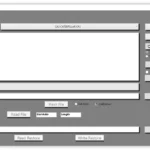 MAGIC TUNER
MAGIC TUNER MAN
MAN Navistar
Navistar PACCAR
PACCAR PERKINS
PERKINS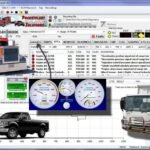 PF DIAGNOSE
PF DIAGNOSE PSI POWERLINK
PSI POWERLINK RENAULT
RENAULT SCANIA
SCANIA THERMO KING
THERMO KING UD NISSAN
UD NISSAN VOLVO
VOLVO WABCO
WABCO ZF TESTMAN
ZF TESTMAN
 BELL
BELL BENDIX
BENDIX BOBCAT
BOBCAT CARRIE
CARRIE DAF
DAF DETROIT
DETROIT EATON
EATON FUSO
FUSO MACK
MACK
 Cumminz
Cumminz ISB4.5 CM2150
ISB4.5 CM2150 All Engines (2017 Emissions)
All Engines (2017 Emissions) PACCAR
PACCAR

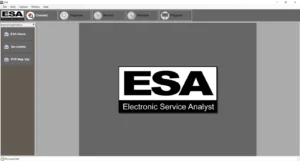
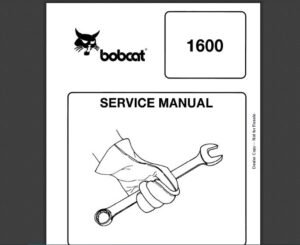
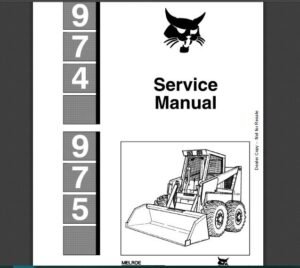

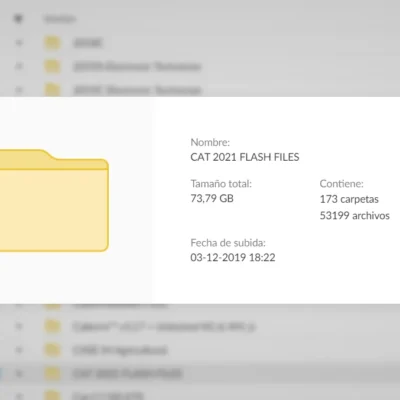
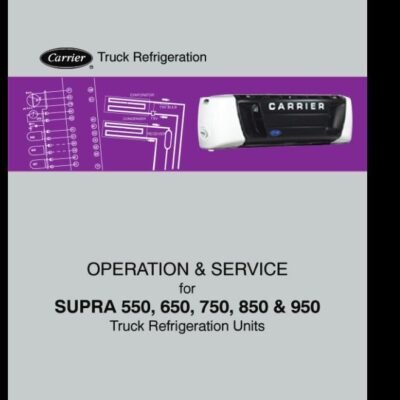

![The Doosan Diagnostic Tool DX22 Electronic Marine ECU Analyzer 01.00R5 [2024.03] is designed for optimal engine performance in marine applications. This tool offers advanced diagnostic capabilities and is compatible with a variety of marine engines. It plays a crucial role in maintaining and managing engine health. The latest version includes features that enhance connectivity and user experience, making it a valuable asset for marine operators and technicians.](https://ecmtrucks.com/wp-content/uploads/2024/08/DOOSAN-DIAGNOSTIC-TOOL-DX22-ELECTRONIC-MARINE-ECU-ANALYZER-01.00R5-2024.03-400x400.png)
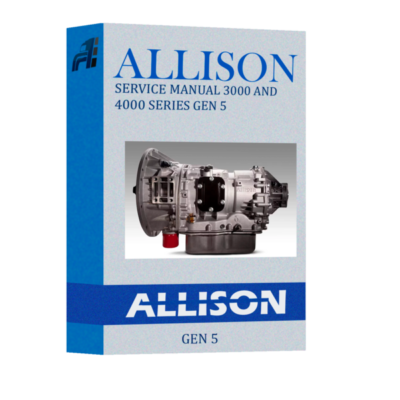

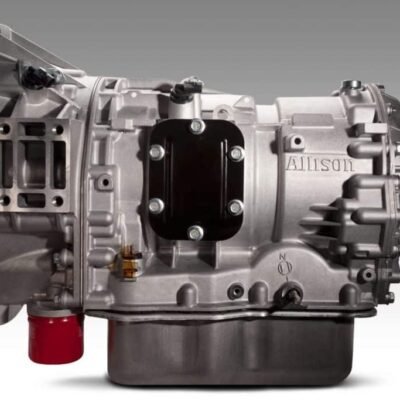
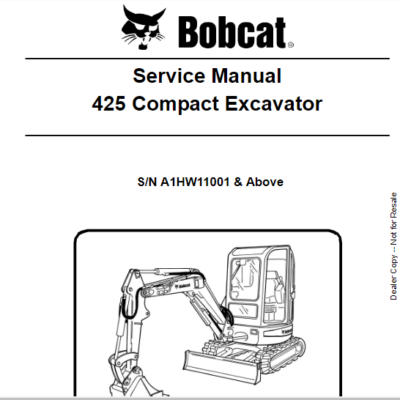
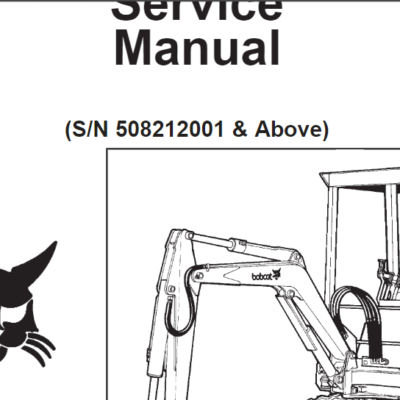
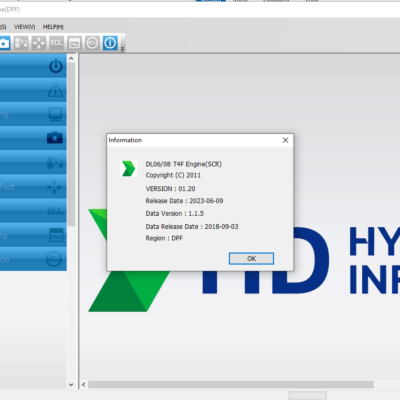
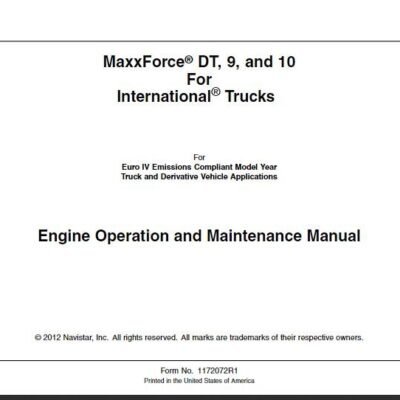
Reviews
Clear filtersThere are no reviews yet.